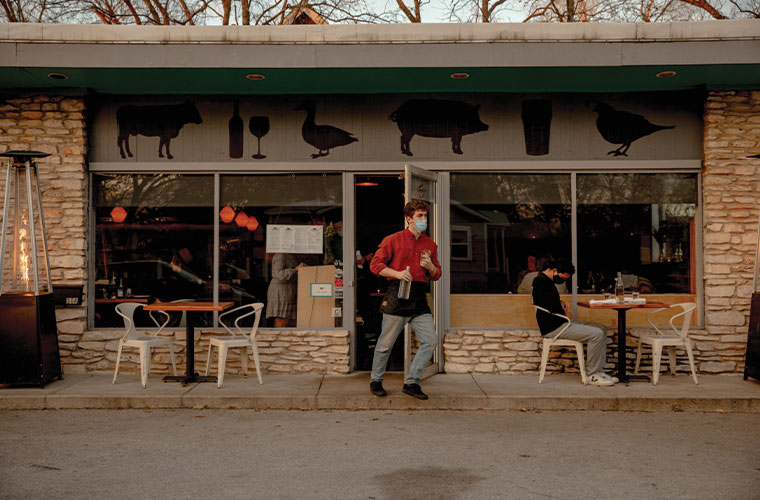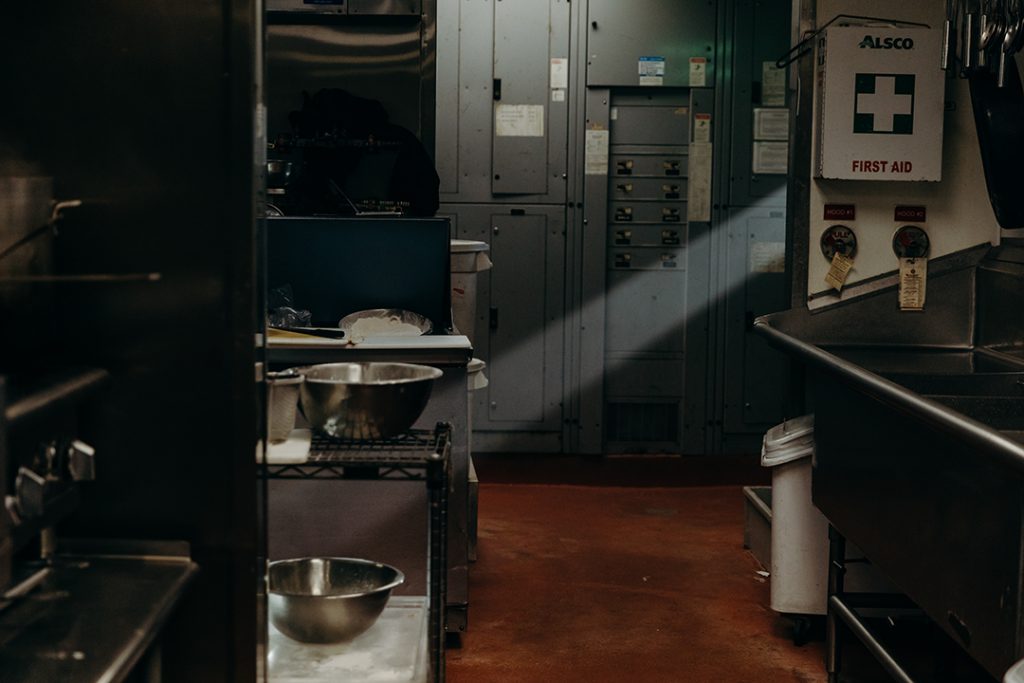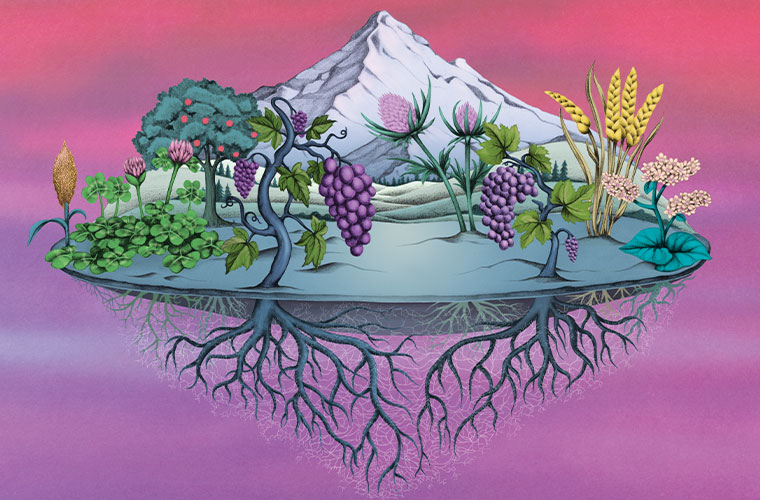

Photo by Sarah Karlan
When the short days of winter blacken my mood, the light from my computer screen doesn’t cut it. So, as often as I can, I go for a run on the snow-covered road in the forest behind my house. It’s always the same road, and the same trees in the same places, under the same sky. I’ve spent more time with those trees than with most of my friends during this pandemic, and I’ve been grateful that, so far, they’ve been spared the kind of devastating fires that took out so many forests in California last year.
During this hermetic year, I’ve taken to reading about trees and plants—and things below ground in the forest. I’ve known about the teeming life underground, but, even with as many holes as I’ve dug in the earth, I’ve never seen much more than rocks and grubs, worms and angry roots. Still, if I look to the trees, I can see its effect. Watching the trees’ leafless winter canopies at rest, living off the energy they’ve stored from the sun, it’s tempting to project my understanding of intelligence to their roots. Unlike me, the trees are equally at home in light and darkness.


Photo by Sarah Karlan
Trying to process this year, when so many of our friends’ restaurants went dark, we set out to report on their battles with an insidious, invisible force—and the equally powerful, often invisible networks that helped others sustain their businesses. We present in words and images what we cannot yet fully grasp in meaning as our community mourns closures and personal loss. And we share the stories of restaurateurs who work to nurture their networks of loyal guests, strengthening the roots of our community with wine and food. Brilliantly, many of the innovators have proven to be visionaries, finding new ways to nourish their guests and themselves. Our Restaurant Poll report is filled with these stories of ingenuity and compassion, perseverance and good will.
We also present Patrick J. Comiskey’s report on the social network of vines and the farmers working to build that network and regenerate the life of their land—specifically the life and land they cannot see, below the surface, life that we easily destroy in our efforts to know it: the dark matter of fungi. This vast biomass may live outside our classifications of plants and animals, possibly because it thrives in the darkness, out of sight, underground. Whether or not we acknowledge it, that dark matter is integral to the positive experience of plants—the trees, the vines, the things we crop above ground.


What do we call these people, tending a life force they cannot see? Visionaries implies sight, while these farmers are learning a different form of perception, nurturing networks of mutualism among plants and fungi under the ground. Their work embraces the darkness, requiring something other than vision to create beautiful places above ground, encouraging their vines to produce something irreproducible and, on its own merits, delicious and nourishing


Joshua Greene is the editor and publisher of Wine & Spirits magazine.
This story appears in the print issue of April 2021.
Like what you read? Subscribe today.
















